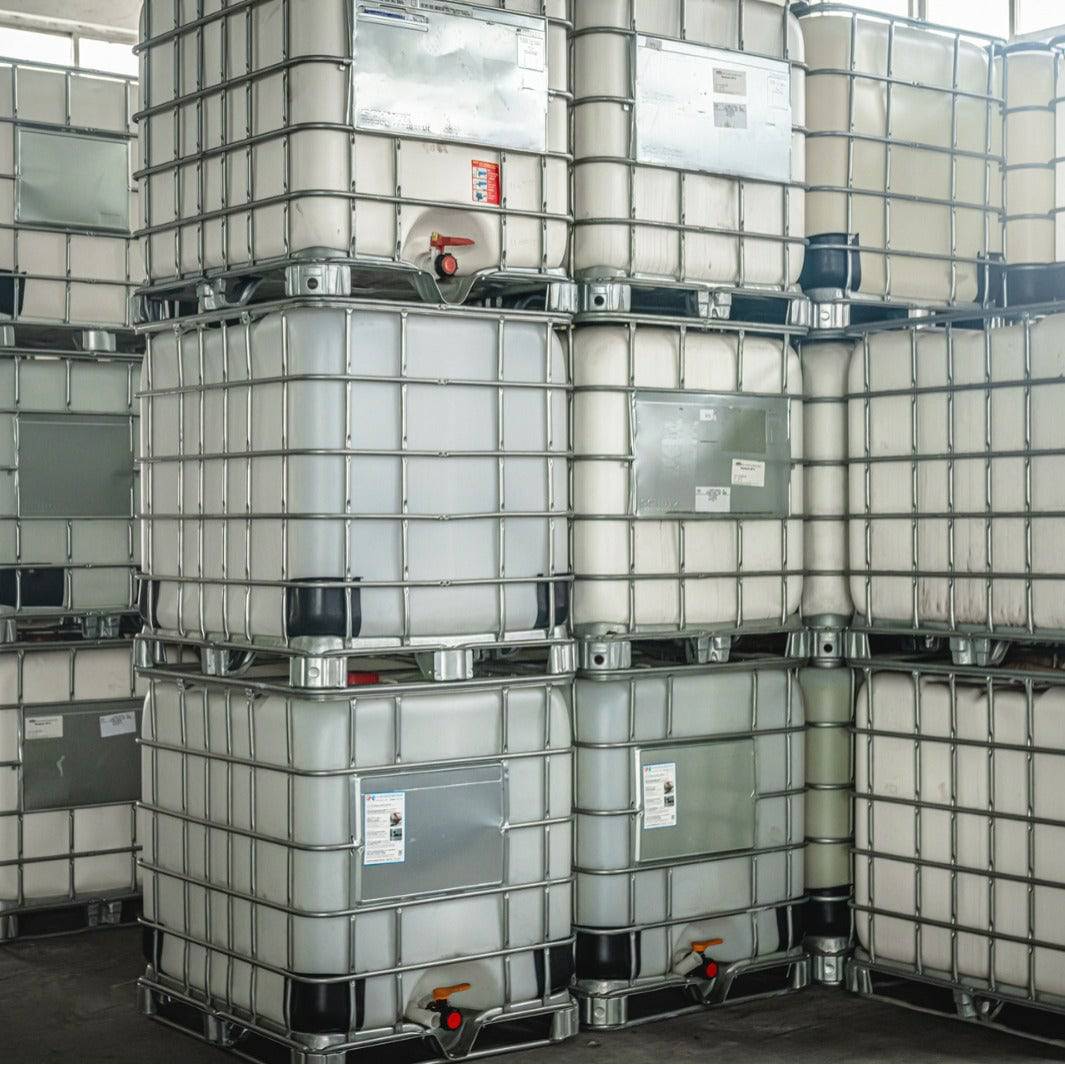Some Ideas on Chemie You Need To Know
Wiki Article
The Best Guide To Chemie
Table of ContentsSome Known Facts About Chemie.Examine This Report about ChemieWhat Does Chemie Mean?Unknown Facts About ChemieSome Known Details About Chemie The Ultimate Guide To Chemie
(https://www.blogtalkradio.com/betteanderson)Calculated adjustment in electric conductivity of fluid examples as a feature of time when mixed with the material example in the shut indirect cooling loop experiment. Number 6 shows the change in the gauged electric conductivity of the fluid samples when mixed with the resin sample. The conductivity of the water example from the closed loophole experiment minimized by about 70% from 11.77 S/cm to 3.32 S/cm in 6 hours.These results showed that the capacity of the material depends upon the test liquid made use of for the experiment. This reveals that different ions existing in the fluid will certainly lead to various ion exchange ability of the liquid. Computing the ion exchange resin capacity with the fluid sample from the actual air conditioning loophole is vital.
The 4-Minute Rule for Chemie
For that reason, an ion exchange resin cartridge having 20g of Dowex blended bed material may handle order 938 days to saturate. To put it simply, to maintain a low electrical conductivity, a material cartridge with the dimension and weight spec as that of the resin cartridge used in the experiment, need to be transformed every 30 months for the air conditioning system that was utilized in the experimentThe cooling of digital parts has actually ended up being a major difficulty in current times due to the developments in the style of faster and smaller sized parts. The use of a fluid coolant has ended up being attractive due to the higher warmth transfer coefficient accomplished as contrasted to air-cooling.
What Does Chemie Do?
A solitary stage cooling loophole is composed of a pump, a heat exchanger (cold plate/mini- or micro-channels), and a warmth sink (radiator with a follower or a liquid-to-liquid heat exchanger with cooled water air conditioning). The heat source in the electronic devices system is attached to the warm exchanger.The needs might vary relying on the sort of application. Following is a listing of some basic requirements: Great thermo-physical homes (high thermal conductivity and certain warm; low viscosity; high unrealized heat of evaporation for two-phase application) Reduced freezing factor and ruptured point (occasionally ruptured protection at -40 C or reduced is needed for delivery and/or storage purposes) High climatic boiling point (or reduced vapor pressure at the operating temperature) for single phase system; a narrow preferred boiling factor for a two-phase system Great chemical and thermal stability for the life of the electronic devices system High flash factor and auto-ignition temperature (sometimes non-combustibility is a need) Non-corrosive to materials of building and construction (metals as well as polymers and other non-metals) No or minimal regulative restraints (eco friendly, harmless, and perhaps biodegradable) Cost-effective The most effective electronic devices coolant is an affordable and safe fluid with exceptional thermo-physical buildings and a long service life.
Getting The Chemie To Work
Most of these fluids have a non-discernible odor and are nontoxic in situation of call with skin or consumption. As mentioned in the past, aliphatic PAO-based liquids have actually replaced the silicate-ester fluids in a range of army electronics (and avionics) cooling applications in the last decade. An additional class of prominent coolant chemistry is dimethyl- and methyl phenyl-poly (siloxane) or commonly known as silicone oil.Fluorinated find more information compounds such as perfluorocarbons (i.e., FC-72, FC-77) hydrofluoroethers (HFE) and perfluorocarbon ethers (PFE) have particular special buildings and can be made use of touching the electronics [4, 8] Of all, these liquids are non-combustible and non-toxic. Some fluorinated compounds have zero ozone diminishing prospective and other environmental homes.
Ethylene glycol is anemic and virtually odor free and is totally miscible with water. When effectively prevented, it has a reasonably reduced corrosivity. However, this coolant is identified as toxic and must be managed and gotten rid of with care. The high quality of water made use of for the prep work of a glycol remedy is very essential for the system.
The Main Principles Of Chemie

Besides lack of poisoning, it has no advantages over ethylene glycol, being higher in cost and more viscous. This is a low cost antifreeze solution, finding use in refrigeration solutions and ground resource warmth pumps. Similar to glycols, this can be hindered to stop rust. This liquid can be made use of to -40 C owing to its fairly high price of warm transfer in this temperature level range.
It is thought about even more hazardous than ethylene glycol and subsequently has actually found usage only for procedure applications located outdoors. Also, methanol is a combustible liquid and, as such, presents a potential fire hazard where it is stored, managed, or utilized. This is a liquid option of denatured grain alcohol. Its main advantage is that it is safe.
8 Simple Techniques For Chemie
As a flammable fluid, it requires certain precautions for managing and storage. Liquid services of calcium chloride discover broad usage as circulating coolants in food plants. The primary applications of these fluids are in the food, drink, pharmaceuticals, chemical and weather chamber applications, recently these fluids have been investigated for single-phase convection air conditioning of microprocessors.Report this wiki page